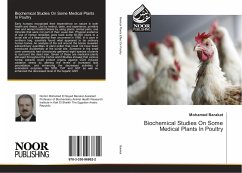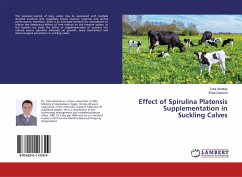Early humans recognized their dependence on nature in both health and illness. Led by instinct, taste, and experience, primitive men and women treated illness by using plants, animal parts, and minerals that were not part of their usual diet. Physical evidence of use of herbal remedies goes back some 60,000 years to a burial site of a Neanderthal man uncovered in 1960. In a cave in northern Iraq, scientists found what appeared to be ordinary human bones. An analysis of the soil around the bones revealed extraordinary quantities of plant pollen that could not have been introduced accidentally at the burial site. Someone in the small cave community had consciously gathered eight species of plants to surround the dead man. Seven of these are medicinal plants still used throughout the herbal world.Studies showed that various herbal extracts could protect organs against CCl4 induced oxidative stress by altering the levels of increased lipid peroxidation, and enhancing the decreased activities of antioxidant enzymes, like SOD, CAT and GST as well as enhanced the decreased level of the hepatic GSH.








